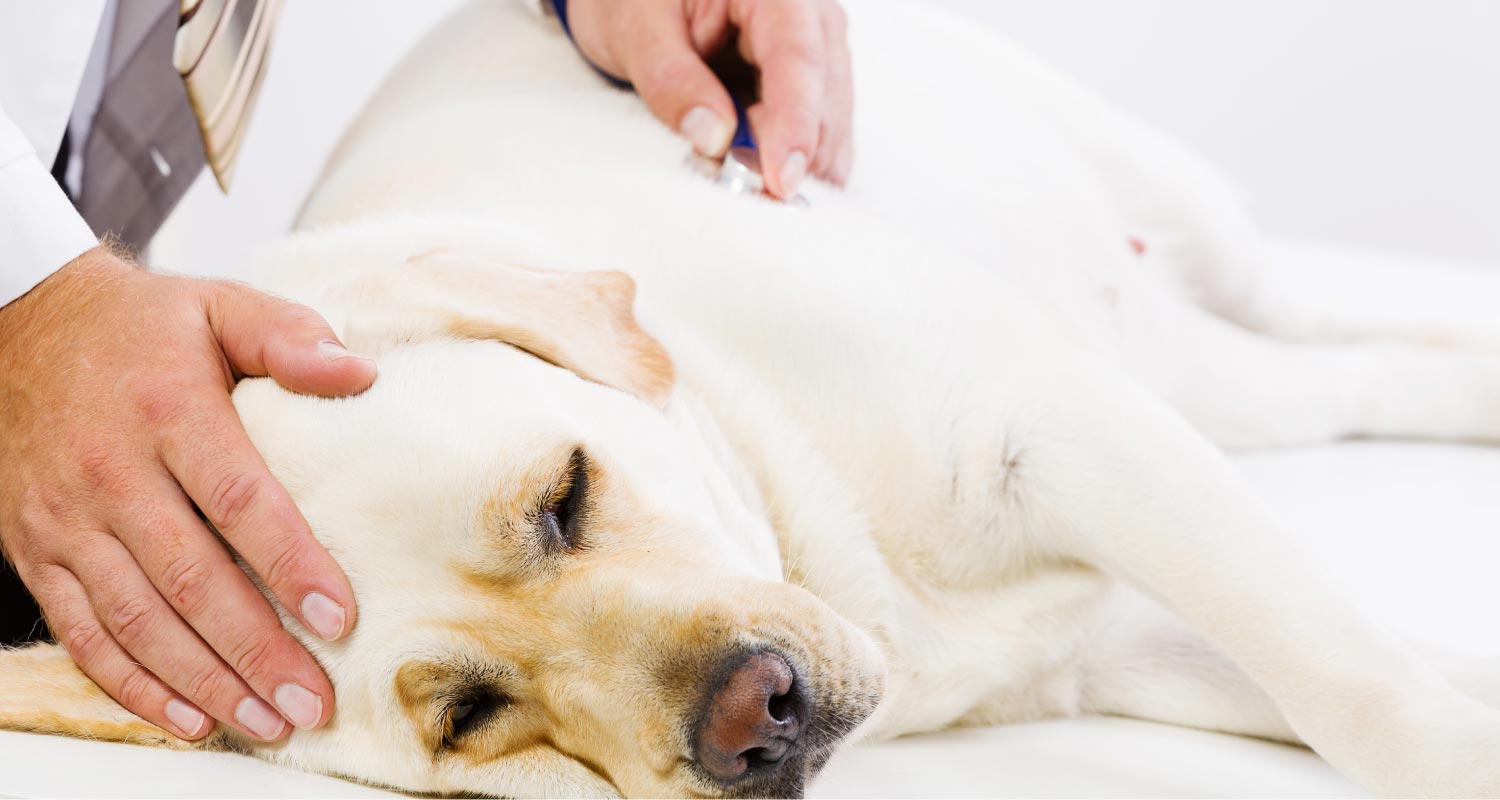HEALTH & WELLNESS

VOTING BOOTH

TRENDING

LIONS FOUNDATION OF CANADA DOG GUIDES
Lions Foundation of Canada Dog Guides and its founding program, Canine Vision Canada, was established in 1983. It’s the largest school of its kind in Canada with its training school in Oakville and breeding facility in Breslau.
The Causes and Signs of Yeast Infection in Dogs

Yeasts are microscopic fungi. Opportunistic fungi can increase and cause skin, paw and ear infections when the circumstances are right.
The condition can be super uncomfortable and should be addressed as soon as possible before it gets worse.
Hot, humid environments are ideal for the development of yeast infections.
YEAST SKIN INFECTION IN DOGS
Yeast skin infection, also known as yeast dermatitis or Malassezia dermatitis, is an inflammatory skin condition that can affect dogs.
Simply put, Malassezia is a species of yeast that naturally occurs on the body. However, an uncontrollable overproduction of Malassezia causes problems. The yeast essentially takes over a certain area of the body, leading to skin infection.
Increased environmental humidity and temperature, a compromised immune system or strong immunosuppressive drugs are often to blame for the development of yeast skin infections.
SIGNS OF YEAST INFECTION IN DOGS
- Pain
- Licking
- Warmth
- Hair loss
- Swelling
- Redness
- Foul odour
- Greasy skin
- Hearing loss*
- Walking in circles*
- Crusty or flaky skin
- Balance problems*
- Crusts on ear flaps*
- Hair loss around ear*
- Head shaking/tilting*
- Scratching affected ear*
- Abnormal eye movements*
- Pink or red skin (early infection)
- Discharge that is yellow, bloody or brown
- Rubbing affected ear against furniture or on the floor*
- Leathery, thick and grey or black skin (chronic infection)
*Ear yeast infection specifically.
If you think your dog is suffering from a yeast infection, be sure to consult or visit your nearest veterinary clinic.
Find a veterinarian near you.
Related Articles








